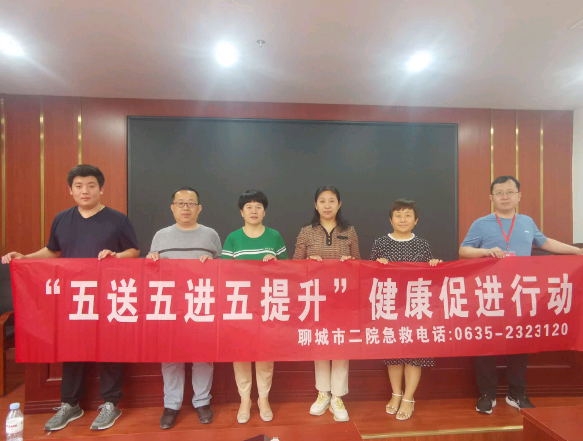- Date:2023-07-20
- Click:5070Times

Firstly, Dr Yin Jijun from Department of Neurology explained the early identification and diagnosis of TIA and cerebral infarction, risk factors, treatment methods and the relationship between cerebral infarction and hypertension and other chronic diseases to more than 50 clinical staff under the title of ‘Identification and Diagnosis of TIA and Cerebral Infarction’, and passed on clinical experience through the analysis of typical cases.
Subsequently, attending thoracic cardiothoracic surgeon Ma Junjie gave a lecture on the topic of ‘Lung nodules, not to be entangled’, in which he talked about ‘What are lung nodules? How did they get here? Why are there more of them all of a sudden? How far are lung nodules from lung cancer? Which ones need surgery?’ He gave a detailed and easy-to-understand talk on the issues of concern to everyone.
Finally, Wang Chao, the nurse-in-charge of Cardiology Department 3, gave a live explanation of CPR operation and a demonstration of simple respirator operation, explaining in detail how to determine the patient's cardiac and respiratory arrest, the indications of CPR operation steps and techniques, precautions to be taken in the process of rescue, and the indications of successful resuscitation, and so on.
The training further gave full play to the role of the lead unit of the medical consortium, which not only allowed primary care physicians to gain new professional knowledge, but also deepened the friendship between the member units of the medical consortium to better provide patients with quality medical services.



 鲁ICP备11009722号-4
鲁ICP备11009722号-4 